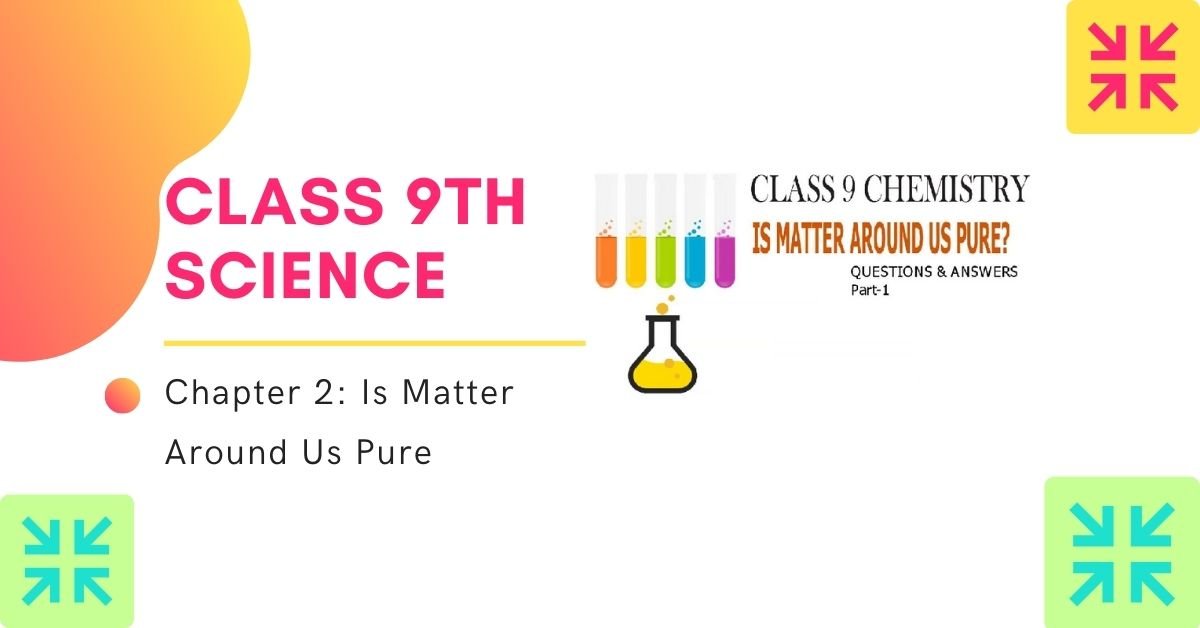Exercise-1.3 Page: 6 ( matter in our surroundings )
- The mass per unit volume of a substance is called density. (density=mass/volume). Arrange the following in the order of increasing density – air, exhaust from the chimneys, honey, water, chalk, cotton and iron.
Solution: The following substances are arranged in the increasing density:
Air
Exhaust from chimney
Cotton
Water
Honey
Chalk
Iron
- Answer the following.
a) Tabulate the differences in the characteristics of matter.
b) Comment upon the following: rigidity, compressibility, fluidity, filling a gas container,
shape, kinetic energy and density.
Solution:
(a) The difference in the characteristics of the three states of matter.
| Characteristics | Solid | Liquid | Gas |
| Shape | Fixed shape | No Fixed shape | No Fixed shape |
| Volume | Fixed volume | Fixed volume | No Fixed volume |
| Intermolecular force | Maximum | Less than solids | Very less |
| Intermolecular space | Very less | More than solids | maximum |
| Rigidity/Fluidity | Rigid/cannot flow | Can flow/not rigid | Can flow/not rigid |
| Compressibility | negligible | compressible | Highly compressible |
(b) (i) Rigidity: It is the propensity of a substance to continue to remain in its shape when treatedwith an external force.
(ii) Compressibility: It is the attribute of the particles to contract its intermolecular space when exposed to an external force thereby escalating its density.
(iii) Fluidity: It is the ability of a substance to flow or move about freely.
(iv) Filling the gas container: The particles in a container take its shape as they randomly vibrate in all possible directions.
(v) Shape: It is the definite structure of an object within an external boundary
(vi) Kinetic energy: Motion allows particles to possess energy which is referred to as kinetic energy. The increasing order of kinetic energy possessed by various states of matter are:
Solids < Liquids < Gases
Mathematically, it can be expressed as K.E =12mv2, where ‘m’ is the mass and ‘v’ is the velocity of the particle.
(vii) Density: It is the mass of a unit volume of a substance. It is expressed as:
d = M/V, where ‘d’ is the density, ‘M’ is the mass and ‘V’ is the volume of the substance
- Give reasons
a) A gas fills completely the vessel in which it is kept.
b) A gas exerts pressure on the walls of the container.
c) A wooden table should be called a solid.
d) We can easily move our hand in the air but to do the same through a solid block of wood we need a karate expert.
Solution: a) Kinetic energy possessed by gas particles is very high which allows them to randomly move across all directions when contained, hence the particles fills the gas vessel entirely.
b) Gas molecules possess high kinetic energy, due to which they are under constant motion inside the container in random directions which causes them to hit the walls of the container and hence create vibrations. These collisions with the walls of the container generate pressure.
c) A wooden table should be called a solid as it possesses all the properties of a solid such as:Definite size and shape
Intermolecular attraction between closely packed particles.
It is rigid and cannot be compressed
d) Molecules in gases are loosely packed as compared to solid molecules which are densely packed.
Hence we are easily able to break the force of attraction when we move our hand through air but find it difficult to break through a solid (because of greater forces of attraction between molecules) which a karate expert is able to smash with the application of a lot of force.
4. Liquids generally have a lower density than solids. But you must have observed that ice floats on water. Find out why.
Solution: Density of ice is less than the density of water. The low density of ice can be attributed to the small pores it has which allows it to trap air hence ice floats on water.




